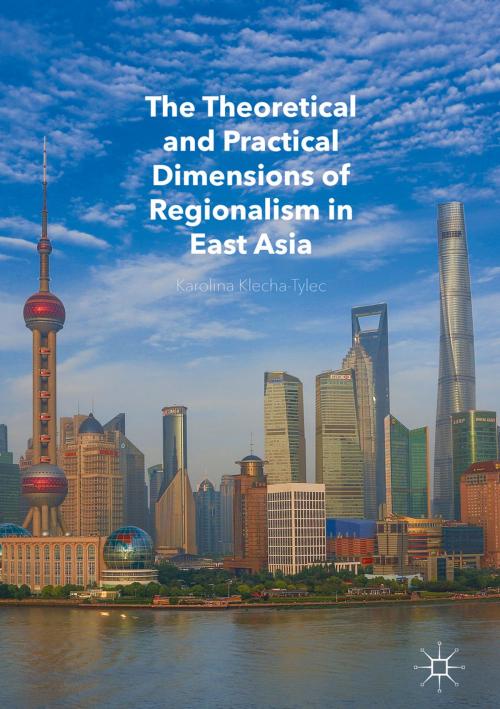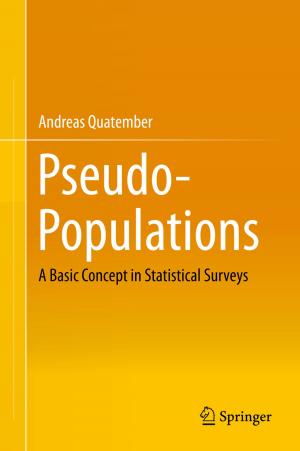The Theoretical and Practical Dimensions of Regionalism in East Asia
Business & Finance, Economics, International Economics, Nonfiction, Social & Cultural Studies, Political Science, International, International Relations| Author: | Karolina Klecha-Tylec | ISBN: | 9783319402628 |
| Publisher: | Springer International Publishing | Publication: | November 29, 2016 |
| Imprint: | Palgrave Macmillan | Language: | English |
| Author: | Karolina Klecha-Tylec |
| ISBN: | 9783319402628 |
| Publisher: | Springer International Publishing |
| Publication: | November 29, 2016 |
| Imprint: | Palgrave Macmillan |
| Language: | English |
This book provides a comprehensive overview of developments in East Asian regionalism, combining qualitative evidence with empirical quantitative analysis. It argues that two dominant processes have formed East Asian regionalism: 1) regionalization, and 2) inter-regionalism. Klecha-Tylec examines the differences between traditional and new regionalisms as they apply to East Asia; the differences between East Asian and European regionalism; the role of the United States in shaping regional links; and the evolution of the three key structures of ASEAN, ASEAN+3, and Asia Summits. The book is unique for examining together the network, zonal, and geospatial dimensions of relations in East Asia as they apply at micro-regional, sub-regional, macro-regional, trans-regional and inter-regional levels. The book offers a detailed analysis of intra-regional links and the hybrid relationships between micro-regions and nation-states.
This book provides a comprehensive overview of developments in East Asian regionalism, combining qualitative evidence with empirical quantitative analysis. It argues that two dominant processes have formed East Asian regionalism: 1) regionalization, and 2) inter-regionalism. Klecha-Tylec examines the differences between traditional and new regionalisms as they apply to East Asia; the differences between East Asian and European regionalism; the role of the United States in shaping regional links; and the evolution of the three key structures of ASEAN, ASEAN+3, and Asia Summits. The book is unique for examining together the network, zonal, and geospatial dimensions of relations in East Asia as they apply at micro-regional, sub-regional, macro-regional, trans-regional and inter-regional levels. The book offers a detailed analysis of intra-regional links and the hybrid relationships between micro-regions and nation-states.















